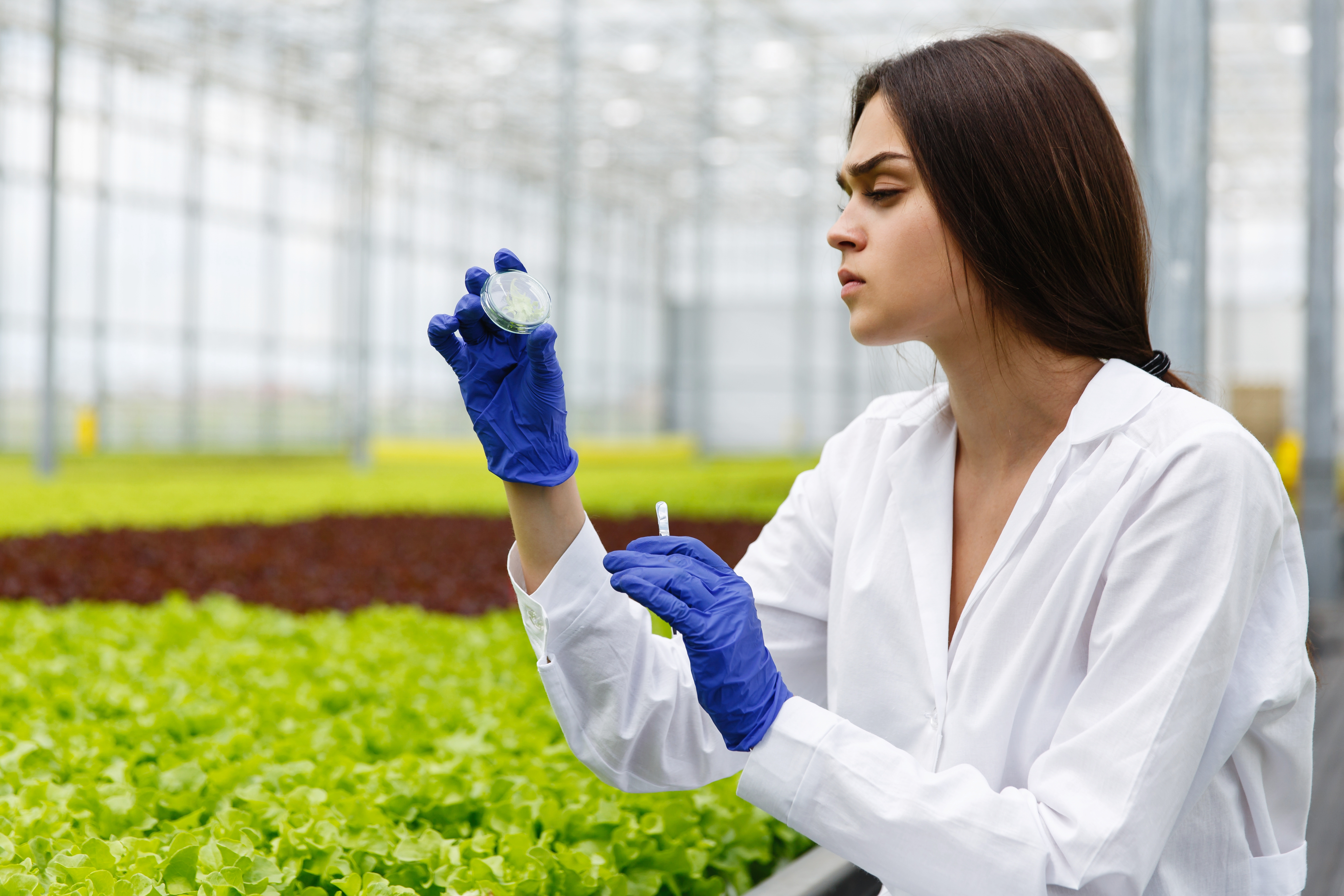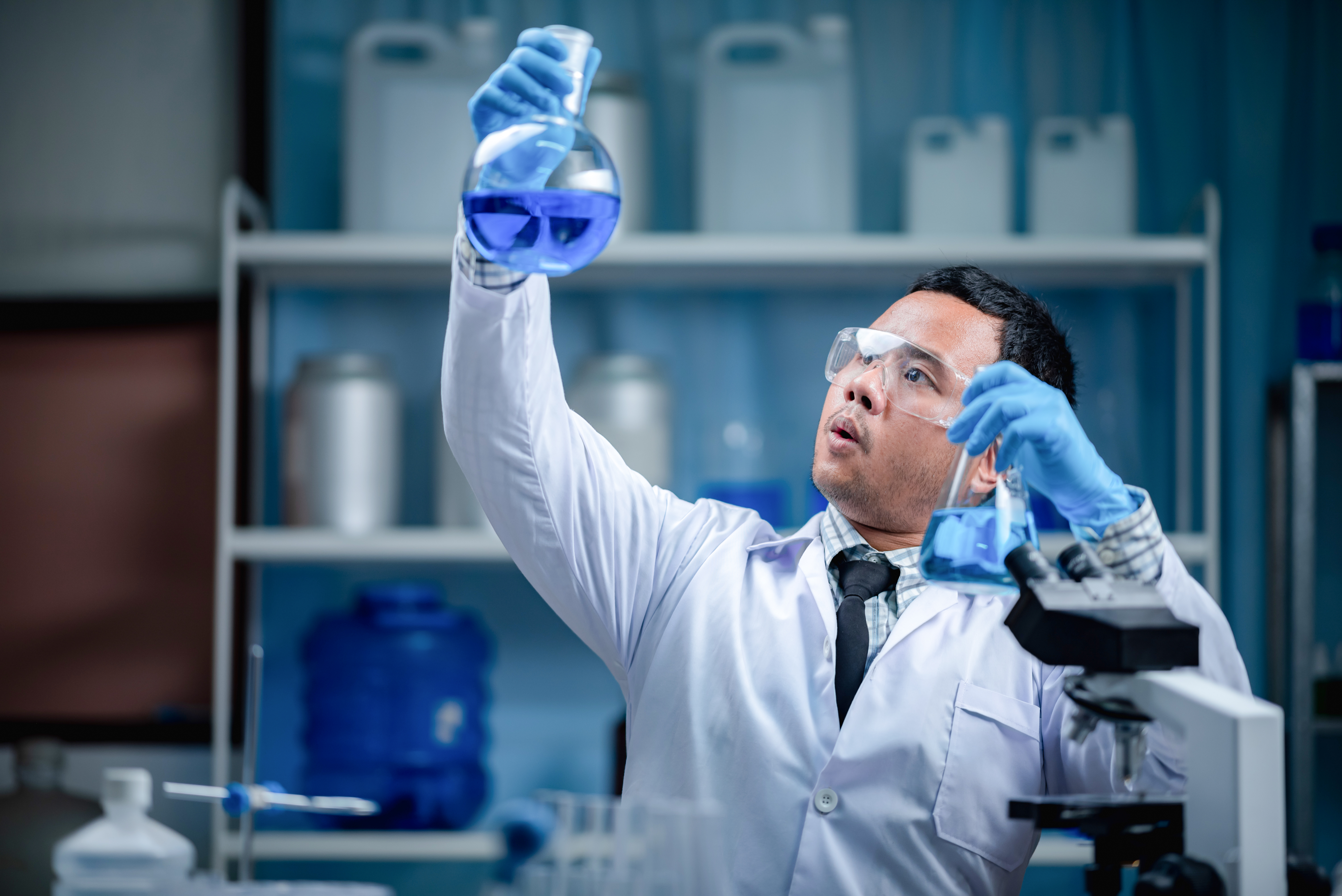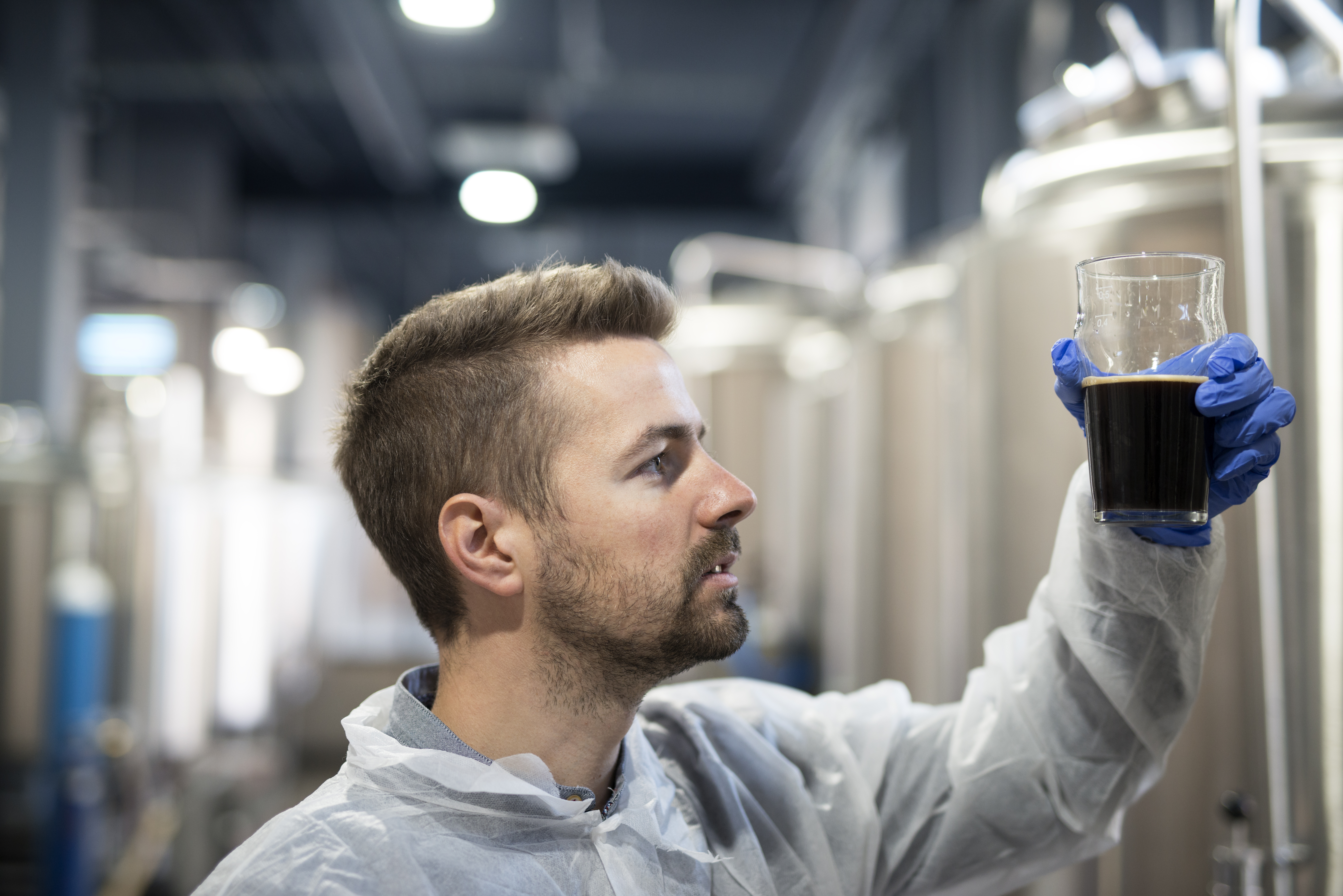Green Chemistry Innovations: Leading the Charge in Sustainable Manufacturing

The urgent need to sustain appropriate practices in manufacturing has greatly increased and rapidly evolving. With the unmatched issues of climate change and environmental invasiveness, the creation of green chemistry appears to be a great answer. This revolutionary way of producing chemicals reduces negative effects on the environment but also increases the profitability of the business. In this blog, we will investigate the ways through which green chemistry innovations are spearheading the sustainability campaign in manufacturing for the benefit of our planet.
A quick definition of green chemistry is the designing of chemical products and processes in such a manner that reduces or even abolishes the use and generation of hazardous substances.The `12 principles of green chemistry` are universal guide as they focus on the changing the view of chemistry towards sustainability, safety and effectiveness. These principles stimulate chemists and manufacturers to develop new strategies instead of sticking to the old ones, which are harmful and non-economical.
With a saddle in hand and heart filled with great merriment, let’s travel down the very intriguing path of green chemistry that has recently taken a turn for the better with the development of more sustainable materials. Manufacturing has always been flawed and never environmentally friendly it relied on the use of petrochemicals which further exacerbated greenhouse gas emissions. But it is safe to say that this industrial revolution in the form of bioplastics and bio-based materials is ushering a new era. For example, manufacturers have begun the development of bioplastics from corn sodium, sugarcane and cellulose. This would enable the plugging of many holes like plastic waste and dependency on fossil fuels.
The use of catalysis techniques to improve chemical reactions is another interesting feature of green chemistry. Catalysts are chemicals that help speed up a chemical reaction but are not entirely used up in the reaction, which helps in saving time and speeding up the process. Manufacturers can drastically lower the use of energy and the amount of waste that is generated by utilizing green catalysts which include ones made from nature or are made with less toxic materials. For example, there is work being done regarding enzymes as a catalyst for chemical reactions that are needed for a wide range of industrial processes which is economical and also more suitable for the environment.
Water, an important asset, is also one of the targets of the innovations of green chemistry. It is true that the bulk of the manufacturing processes are water intensive and produce a lot of effluent water. However, efforts in dry processes and low water processes are beginning to bear fruit. Solvent-less chemical processes and supercritical fluid extraction are some of the methods that are making it possible for the producers to reduce water use without compromising the quality of their products. Such strategies not only save water but also the energy costs associated with water treatment and disposal.
Another imperative aspect of energy preservation is the manufacturing process which has to be sustainable and this is where green chemistry fits. It is clear that by using different processes that involve less temperature and pressure might save energy cost. In this case, around chemical industries production, industries, which are relying on microwave energy for the reaction, are becoming popular, since they result in shorter time for the reactions, and lower energy consumption. In addition, harvesting renewable energy such as solar or wind energy in the manufacturing process serves to increase sustainability and cut the carbon footprints.
Let’s begin by stating that sustainable manufacturing cannot be achieved without working together with various players. Industry collaborations, academic investigations, as well as government programs are crucial for the fostering of new ideas in the area of green chemistry. Together, constituents can shoulder their expertise, resources, and practices to hasten the crossing over and launching of environmentally sound technologies. For Instance the Green Chemistry Challenge Awards have stepped up to challenge and reward categories of people who are playing significant roles in this field by highlighting successful examples that guide others towards similar channels.
In addition, the food and consumer products sustainable market also encourages the firms to practice green chemistry. People are becoming messiah for environment which is leading to increased lifestyle choices that are effective and eco-friendly. Because of this new awareness among the customers’ mindset, manufacturers are ready to channel their money into green innovations. Companies’ consumers will care about these practices because the company will target a green base which will be widens.
To summarize, eco-friendly approaches to innovation in chemistry lead the way in the direction of sustainability. For instance, these breakthroughs are changing the chemical industry and shaping the future of our planet. Given the dilemma of climate change and diminishing resources, green chemistry principles will be the Holy Grail for manufacturers in the new environment. All in all, we will be at the forefront of eco-friendly manufacturing and the cause of change on Earth.



